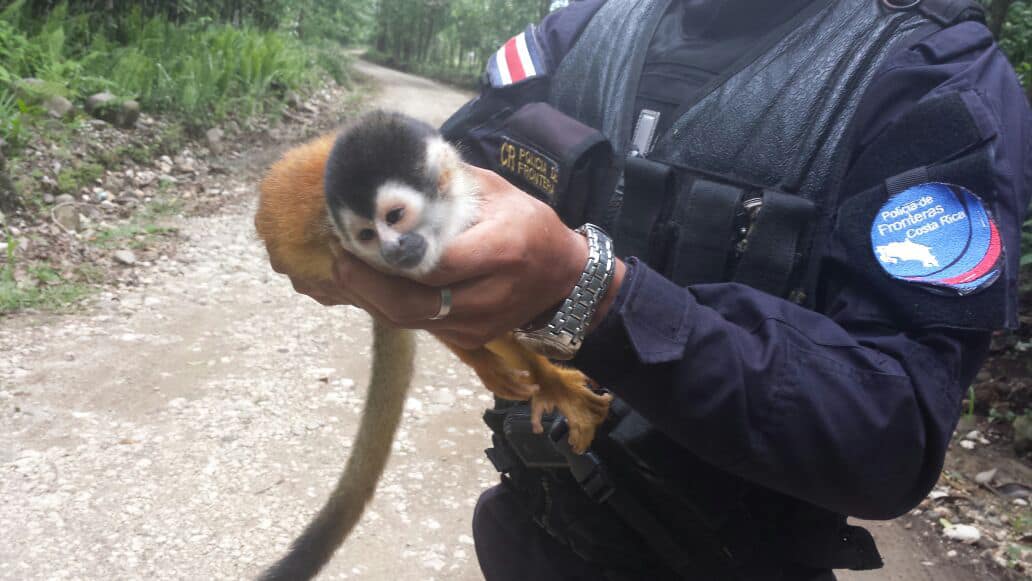Costa Rica’s wildlife faces perils, as authorities have continously failed to build wildlife crossings. Nonetheless, the Constitutional Court has taken a firm stance in defense of the country’s fauna.
The Cout accepted a motion of disobedience against Efraím Zeledón, executive director of the National Roads Council (CONAVI), for failing to comply with a court order to construct wildlife crossings along Route 32, critical infrastructure intended to protect monkeys, sloths, wild cats, and other species.
The legal motion was filed by María Elena Fournier, an activist and member of the Roads and Wildlife Commission. She argued that Conavi has blatantly ignored a 2021 ruling by the IV Chamber, which mandated the construction of 51 wildlife crossings within three months, a deadline that was later extended (once only) by 36 months, expiring in June 2024.
According to Fournier’s filing, while 29 of the 31 planned underpasses have been built, none are fully functional due to the absence of essential adaptations such as proper access, walkways, and mesh. More critically, only 2 of the 20 vital overpasses, structures that allow arboreal animals to cross safely overhead, have been completed.
“This is not just about finishing a checklist of infrastructure,” Fournier emphasized. “This is about preventing the ongoing slaughter of wildlife along one of the country’s busiest highways.”
Despite Conavi requesting a second one-year extension in October 2024, citing budget constraints, the Court rejected the plea, emphasizing that the previous extension had been granted as a “non-extendable” deadline.
Roxana Salazar, also from the Roads and Wildlife Commission, criticized Conavi’s piecemeal approach. She pointed out that the 51 crossings were part of the original Environmental Impact Assessment (EsIA) approved by the National Environmental Technical Secretariat (Setena), and that extensive expert studies had already identified ecological “hot spots” requiring intervention.
“What we’ve seen instead,” Salazar said, “is a patchwork effort, using existing sewer infrastructure for crossings, building one here and another there, without a cohesive strategy. And most troubling of all, crosswalks for humans and animals alike are being placed far from the communities that need them most.”
Salazar also highlighted a lingering and dangerous issue: the New Jersey barriers. These 80-centimeter cement dividers not only complicate human crossing but pose a lethal obstacle for animals trying to navigate the highway.
Even more frustrating, she added, is that CONAVI was provided with detailed, locally developed overpass designs by the Instituto Tecnológico (TEC).
“We gave them the blueprints. Their response? ‘Thanks,’ and then they built a couple of subpar structures using outdated methods, like they did on the road to Guanacaste.”






